THE SHELLTONE WHALE PROJECT TEAM
Discover all the passionate people who work for our organisation!
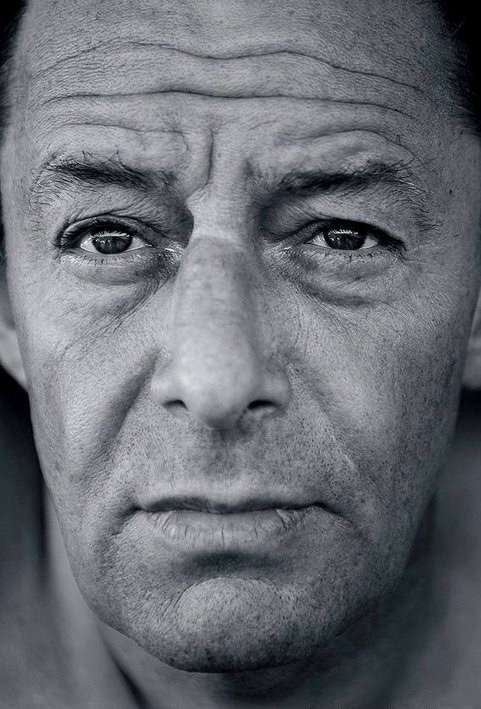
Pierre Lavagne de Castellan
Marine bioacoustician - Ethologist - Research Director of the Shelltone Whale Project
He met his first humpback whale and listened to its song in Hawaii in 1981. Since then, he has sought to establish contact and initiate inter-species communication with humpback whales, and music soon became an obvious avenue.
He set up the Shelltone Whale Project, an association governed by the law of 1901, and obtained recognition of general interest for his research into underwater acoustics and his environmental aircraft in the marine environment.
Over a period of two years, at the acoustic research laboratory of the Ecole Centrale de Nantes and at Stanford University in California, he developed a wind instrument that enabled him to play music underwater in the same range as humpback whales.
From 2008 to 2012, he tested this instrument between northern California and the Hawaiian archipelago, with humpback whales. These experiments led to the first underwater musical exchanges between humans and cetaceans, and since then he has continued his personal research into communication with large cetaceans.
OUR EXPERTS
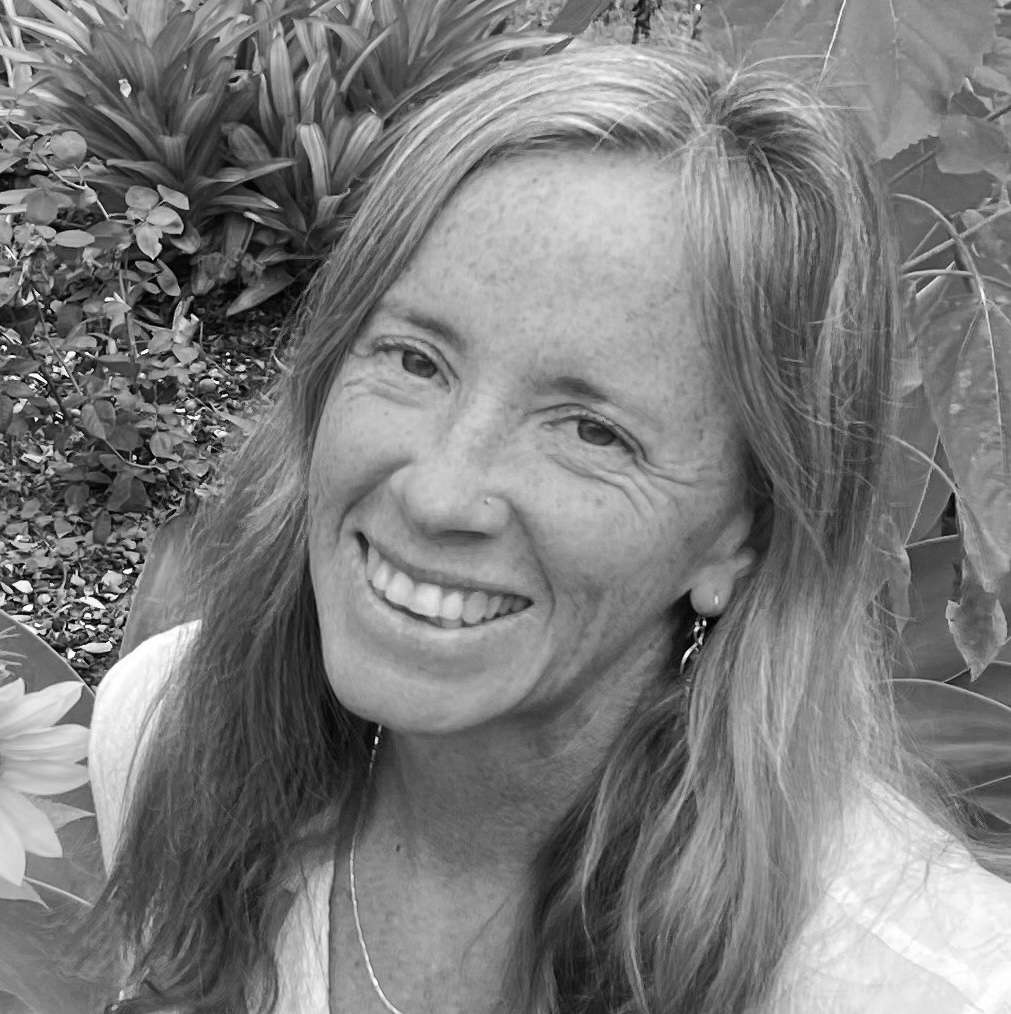
Lisa Denning
For her, the ocean is home and she really enjoys putting others in touch with her friends, the dolphins and whales. They call out to us in the water to be with them, to learn from them and to move towards our greatest joy.
To find out more or get in touch with Lisa, visit her website!
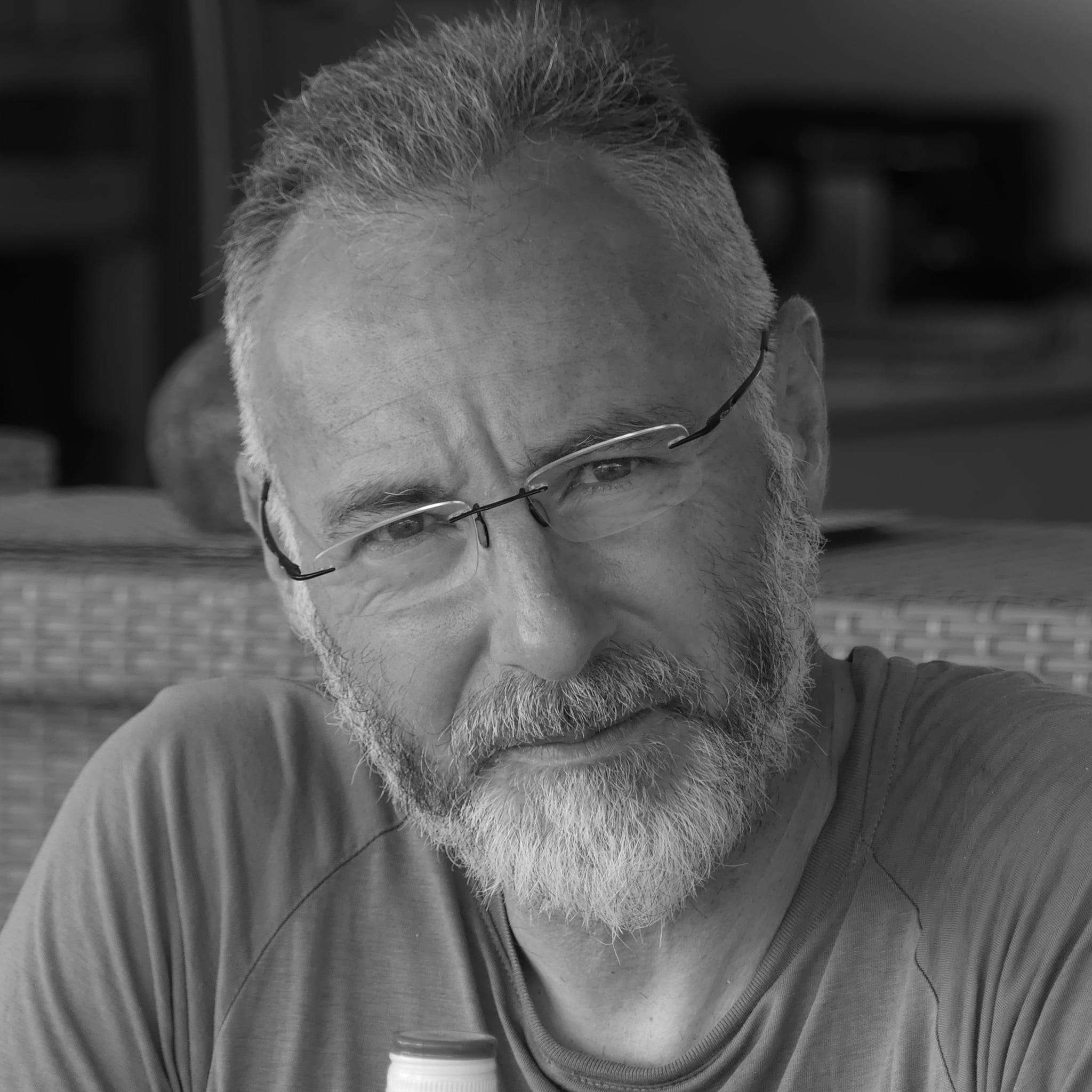
Pierre Robert De Latour
Pierre Robert de Latour, founder of USEA and chairman of the association Orcas Sans FrontieresThe Orca Whisperer" is known the world over. Author of the best-selling Brother of the orcas (Glénat Édition), he has made over 7,500 dives with free killer whales, becoming an international authority on their behaviour. The first man to dive with killer whales in Arctic waters in a light wetsuit, Pierre has acquired unique expertise on killer whales and 15 other species of marine mammal since his first expedition in 1998.
Committed to respecting marine life, he has developed responsible methods for safe encounters with cetaceans, used by divers and skippers around the world. Pierre is also the director of Journey to the land of the Orca and co-producer of The Orc People alongside Captain Paul Watson. His commitment to conservation and raising awareness has made him an emblematic figure in the protection of marine mammals.
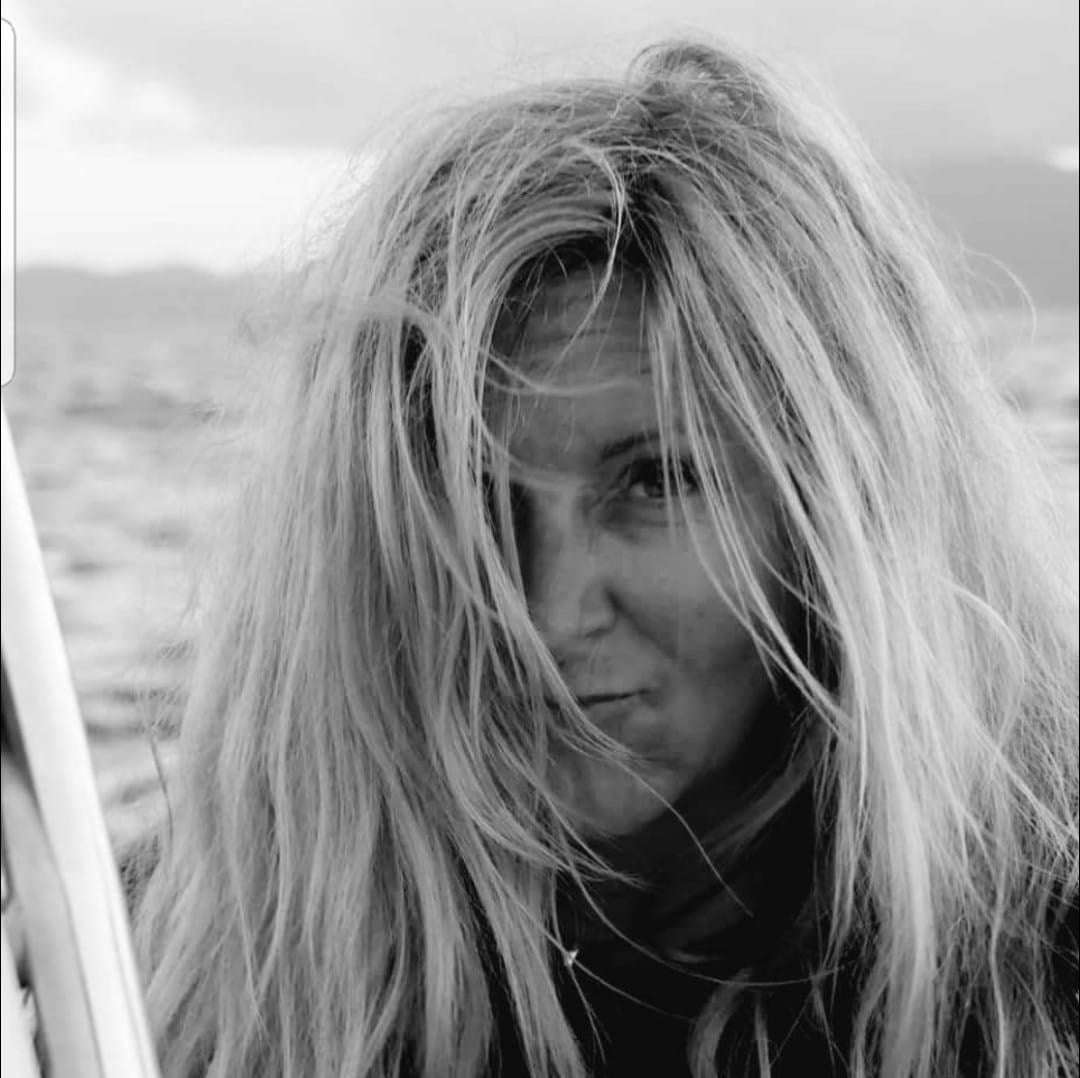
Cathy Lacourbas
Cathy, aka "Ocean Shieldmaiden", is a passionate lover of the sea who has been committed to protecting the oceans since she was a child. Founder of the association Breach Antilles in 2015, it works to raise awareness of cetacean conservation among disadvantaged young people and supports scientific research into bio-acoustics and ethology.
Working with experts such as Dr Nadège Gandilhon and Prof Hervé Glotin, she has co-authored studies on the songs of humpback whales in the Caribbean. An experienced sailor, Cathy guides and dives with orcas in Norway for ORCA NORWAY and USEA, and shares her passion thanks to her freediving instructor's certificate obtained in 2023.
In 2024, his son Robin took up the torch with "Du Fleuve", an eco-responsible whale watching base in Quebec that combines passion, hydrophones and the sharing of observations with research institutes. Together, they embody a family commitment to protecting marine mammals and their environment.

Norin Chai
Wildlife veterinarian
His career began in Africa, where he managed a national park. After 25 years working with wildlife, whether in zoos or care centres, he still has the same passion: treating, or at least alleviating, animal suffering. He met Pierre in 2016. When he told him that, for him, the songs of whales resemble mantras or the "Om" of Buddhist monks, he was interested in what he had to say. Whale songs go beyond communication: they heal, they sublimate, they cleanse. Pierre has understood this and his words touch him deeply.
THE TEAM

Manon J.B.
Community Manager
Manon joined Shelltone Whale Project guided by her fascination for large cetaceans. Having grown up near the waters of Brittany, she developed a strong bond with nature and marine ecosystems from an early age. This closeness to the sea has fuelled her passion for preserving marine fauna and habitats.
As Community Manager, Manon is the voice and image of the project. She carefully manages the content of our social networks, sharing captivating stories and inspiring images. Through her work, she encourages a wide audience to discover the wonders of the sea through eco-responsible outings in harmony with nature.
Her dedication makes her an essential pillar of Shelltone Whale Project's mission: to protect cetaceans and promote a respectful relationship with the marine environment.
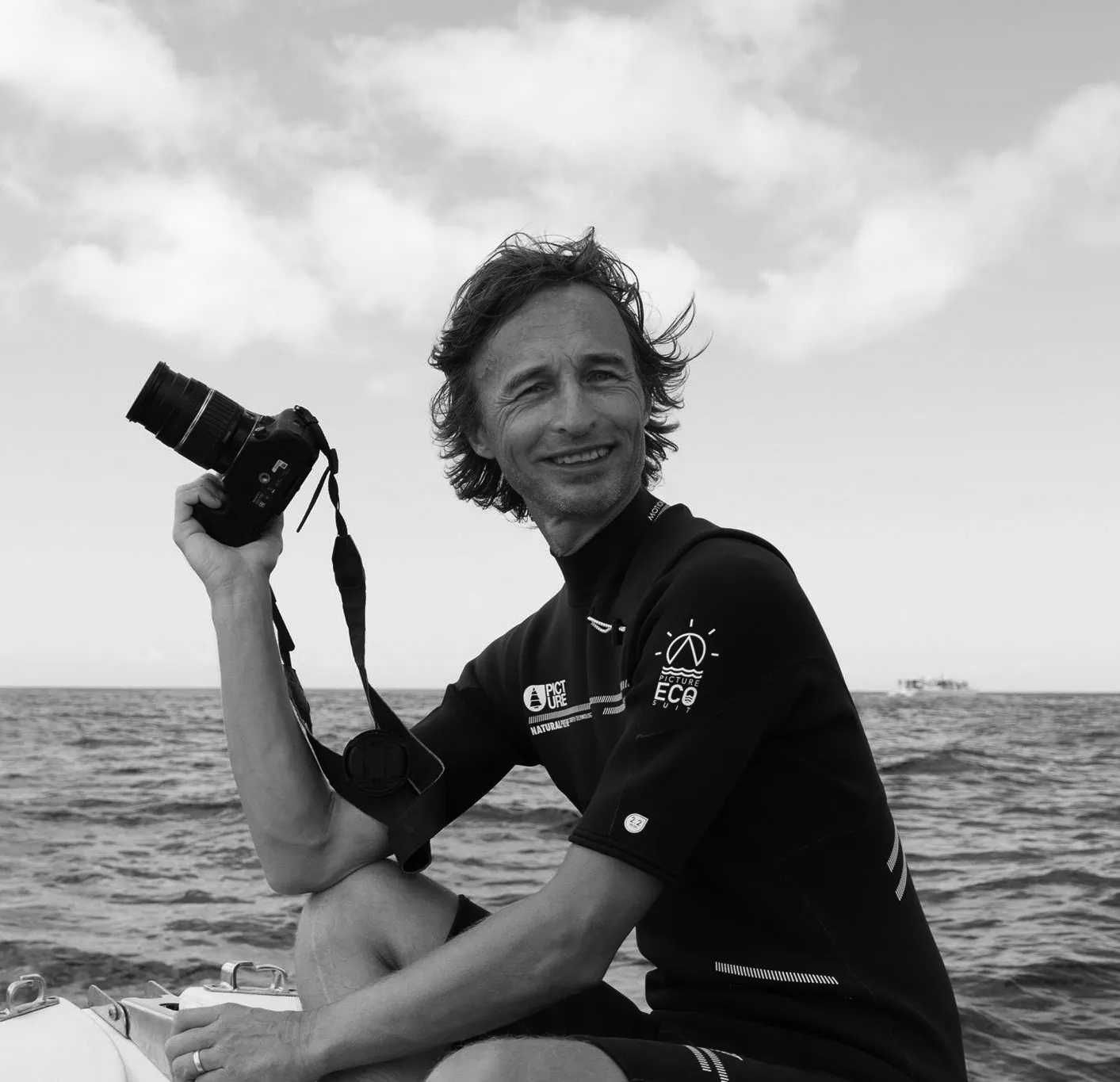
André Maszewski
Webmaster
André and Pierre met during a sailing trip in Guadeloupe, a key moment that sealed a friendship and a lasting collaboration. Since then, André has continued to support Pierre in the development of his projects, driven by a deep admiration for his vision and commitment. With his technical expertise and passion for innovation, André has become a key player in Shelltone Whale Project.
He is dedicated to the technical management of the website and other tools needed to develop the Shelltone Whale Project. His unwavering commitment and willingness to accompany Pierre on this adventure reflect his attachment to the project and its values.
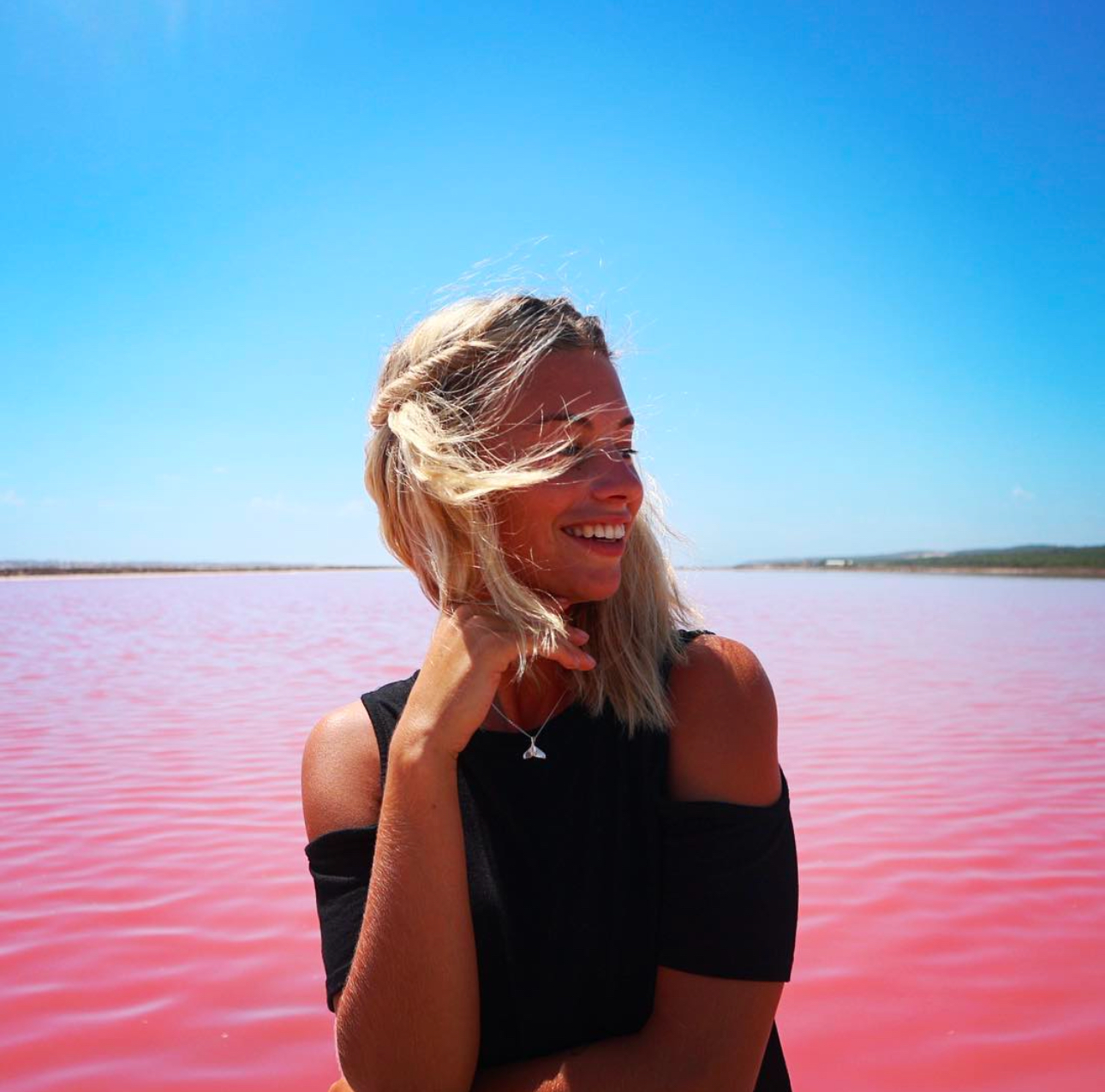
Aurélie M.
Content Manager / Web design
Aurélie plays a key role in showcasing the project by managing the content to be presented on the website and designing striking visuals. Thanks to her computer graphics skills, she creates harmonious layouts and visuals that reflect the soul of the project, while capturing the attention of those who want to get involved in an eco-responsible approach.
Her sensitivity to the marine environment and her expertise in visual communication make her an essential part of the team, contributing to Shelltone Whale Project's mission to raise awareness and protect cetaceans.
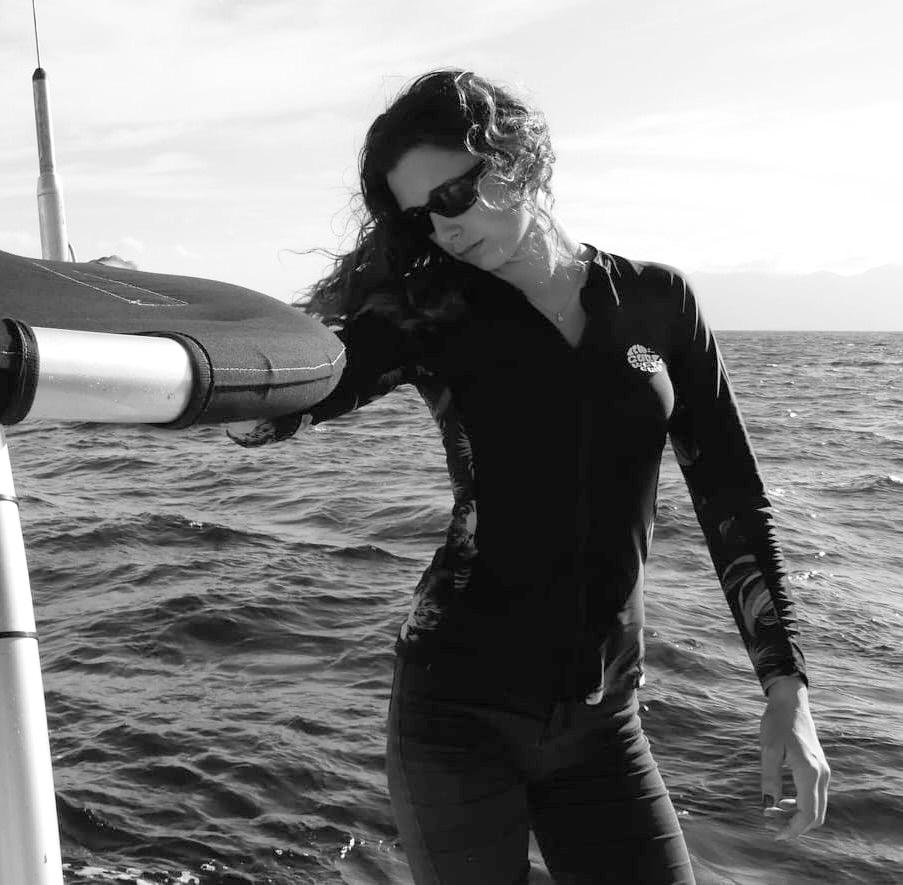
Léa Lavagne de Castellan
Member of the Guadeloupe research team
Léa has developed a deep understanding of cetaceans, based on trust and respect, over a long period in Guadeloupe's waters.
A bond has developed between her and the different species we study, particularly with the sperm whales that she calls her 'Gwo Pwasons' ...
She is capable of analysing the behaviour of the different species that inhabit the waters of the Agoa sanctuary, the French marine protected area where we work, and she knows how to observe or interact with them without intrusion, with the utmost respect.
Léa is a qualified guide for the Agoa sanctuary, and has worked as a naturalist guide in the sanctuary. She is particularly sensitive to respectful approaches to cetaceans, both during scientific missions and during cetacean-watching outings organised for tourist groups, so her expertise is very important to our environmental organisation.
